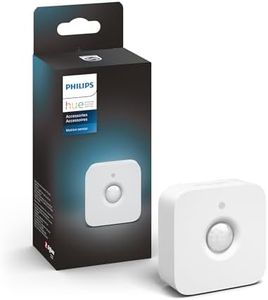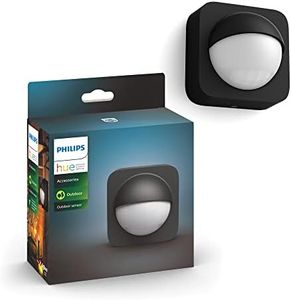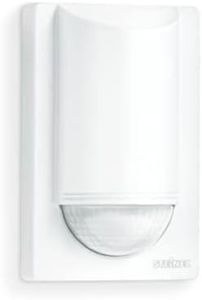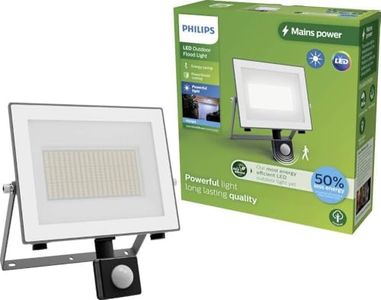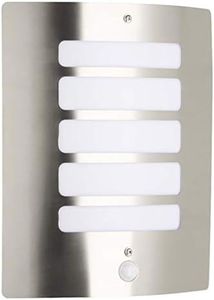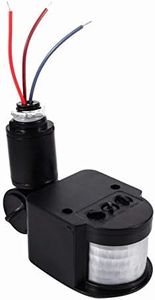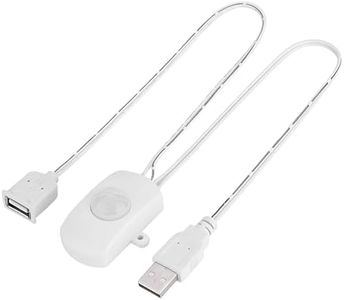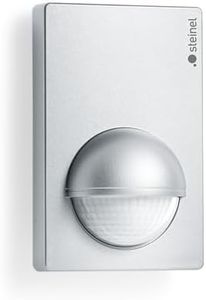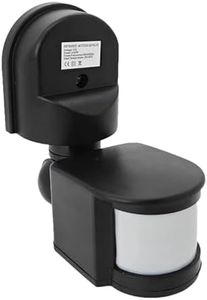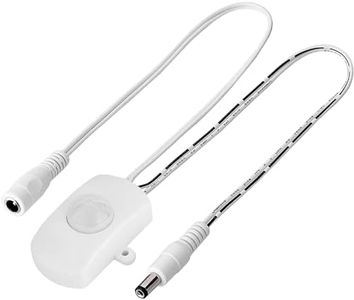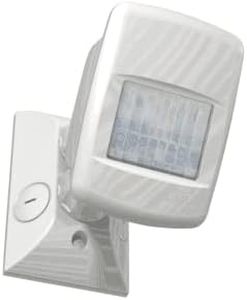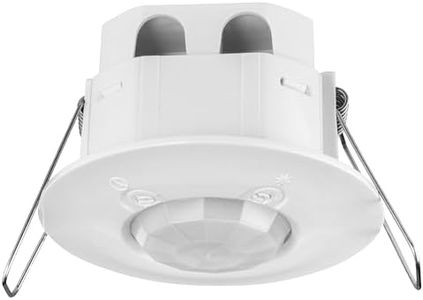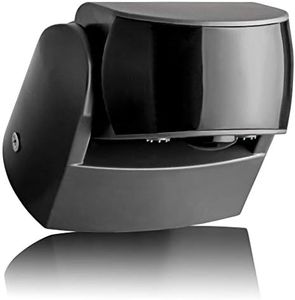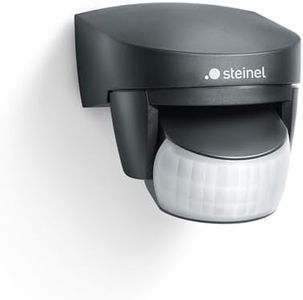We Use CookiesWe use cookies to enhance the security, performance,
functionality and for analytical and promotional activities. By continuing to browse this site you
are agreeing to our privacy policy
10 Best Motion Sensor Light Switch
From leading brands and best sellers available on the web.#1
Winner
Buying Guide for the Best Motion Sensor Light Switch
When you're looking to buy a motion-sensor light switch, it's important to find one that matches your specific needs and the environment where you'll install it. These devices help save energy by only turning lights on when there's movement, and they can also improve convenience and safety. The key is to consider factors like where it will be used, how sensitive it should be, and what features best match your space and habits. Understanding a few main specifications will help you pick a switch that works well for you and avoids unnecessary frustration or limitations.Detection RangeDetection range indicates how far from the sensor movement can be recognized. This spec is important because you want the sensor to cover the area you need—too little range may miss activity, while too much could trigger the light from unwanted areas. Sensor ranges are usually divided into small (up to 10 feet), medium (10–20 feet), and large (over 20 feet) categories. For a hallway or closet, a short range may be enough, but you'll want a longer range for bigger rooms or entryways. Think about your room’s size and whether you want the light to react only to motion close by, or further away.
Field of View (Angle of Coverage)The field of view, or angle of coverage, tells you how wide an area the sensor can monitor for motion. A narrow angle (around 90°) only detects movement right in front of it, while a wide angle (180° or more) can detect movement from most of the surrounding area. For installations like corners or narrow hallways, a smaller angle may prevent false triggers. For open spaces or rooms, you might prefer a wider angle so no movement goes undetected. Consider where you'll place the switch and whether you want it to pick up motion from the side, front, or all around.
Occupancy vs Vacancy ModeSome switches offer occupancy mode (auto-on/auto-off), while others include vacancy mode (manual-on/auto-off). This matters because occupancy mode turns lights on automatically when someone enters and off after they leave, which is good for hands-free convenience. Vacancy mode requires you to turn the light on manually but will still turn it off automatically—ideal if you want to avoid unnecessary activations. Choose based on whether you want true automation, or if you prefer some manual control to avoid unwanted switching.
Adjustable Time DelayTime delay determines how long the light stays on after no movement is detected. This setting affects both convenience and energy savings—a short delay saves more power but could leave you in the dark if you’re still; a longer delay means the light stays on even after people have left. Typical delay options range from a few seconds up to half an hour. If the area is high-traffic or you only pass through briefly, a shorter delay works well. For rooms where you might sit still (like bathrooms), a longer delay could be better.
Sensor TypeMotion sensors come mainly as PIR (Passive Infrared), ultrasonic, or dual-technology (combining both). PIR sensors detect changes in heat, making them great for most rooms and they rarely trigger falsely. Ultrasonic sensors detect motion by bouncing sound waves, which can better detect subtle motion but might be more likely to have false triggers. Dual-technology sensors use both methods for the most reliability. Consider the environment: for standard rooms, PIR is usually enough; for complex spaces or where you want maximum sensitivity with fewer false triggers, dual-technology may be best.
Manual Override OptionManual override is a feature that lets you use your motion-sensor switch like a regular light switch when you want. This is helpful if you have guests, want to keep the light on for a party, or need to disable the sensor for some reason. Some switches have an easy override button; others may require a specific sequence of actions. Decide if you’ll want this flexibility, and check how easy it is to use the override.
Compatibility with Bulb Type and Load CapacityNot all motion-sensor switches work with every type of light bulb (like LED, fluorescent, or incandescent), and they also have a limit for how much power they can handle. Make sure the switch matches the kind of bulb you have and supports the total wattage of all the lights controlled by the switch. Look for compatibility info on the packaging or in the documentation, and tally up the wattage of your fixtures to be certain.
